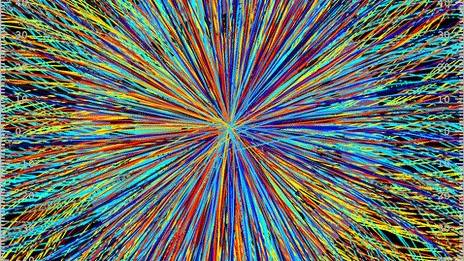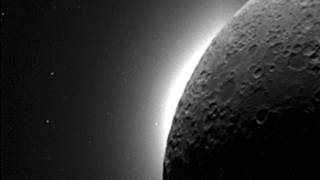Large Hadron Collider generates a ’Mini Big Bang’
Source: bbc.co.uk
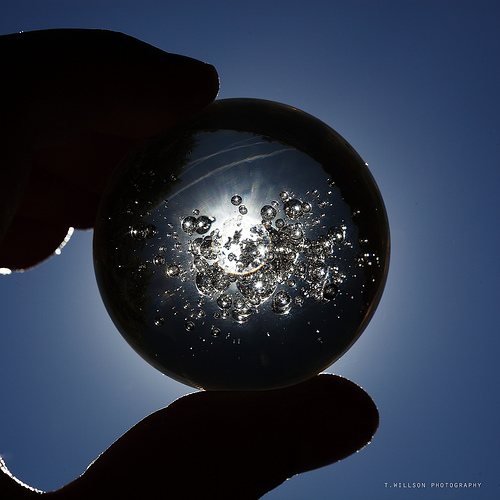
The Large Hadron Collider has successfully created a "mini-Big Bang" by smashing together lead ions instead of protons.
The scientists working at the enormous machine on Franco-Swiss border achieved the unique conditions on 7 November.
The experiment created temperatures a million times hotter than the centre of the Sun.
The LHC is housed in a 27km-long circular tunnel under the French-Swiss border near Geneva.
Up until now, the world’s highest-energy particle accelerator - which is run by the European Organization for Nuclear Research (Cern) - has been colliding protons, in a bid to uncover mysteries of the Universe’s formation.
Proton collisions could help spot the elusive Higgs boson particle and signs of new physical laws, such as a framework called supersymmetry.
But for the next four weeks, scientists at the LHC will concentrate on analysing the data obtained from the lead ion collisions.
This way, they hope to learn more about the plasma the Universe was made of a millionth of a second after the Big Bang, 13.7 billion years ago.
One of the accelerator’s experiments, ALICE, has been specifically designed to smash together lead ions, but the ATLAS and Compact Muon Solenoid (CMS) experiments have also switched to the new mode.
’Strong force’
David Evans from the University of Birmingham, UK, is one of the researchers working at ALICE.
He said that the collisions obtained were able to generate the highest temperatures and densities ever produced in an experiment.
"We are thrilled with the achievement," said Dr Evans.
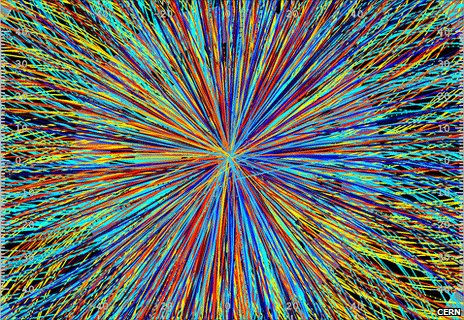
One of the lead-ion collisions at the LHC
"This process took place in a safe, controlled environment, generating incredibly hot and dense sub-atomic fireballs with temperatures of over ten trillion degrees, a million times hotter than the centre of the Sun.
"At these temperatures even protons and neutrons, which make up the nuclei of atoms, melt resulting in a hot dense soup of quarks and gluons known as a quark-gluon plasma."
Quarks and gluons are sub-atomic particles - some of the building blocks of matter. In the state known as quark-gluon plasma, they are freed of their attraction to one another. This plasma is believed to have existed just after the Big Bang.
He explained that by studying the plasma, physicists hoped to learn more about the so-called strong force - the force that binds the nuclei of atoms together and that is responsible for 98% of their mass.
After the LHC finishes colliding lead ions, it will go back to smashing together protons once again.
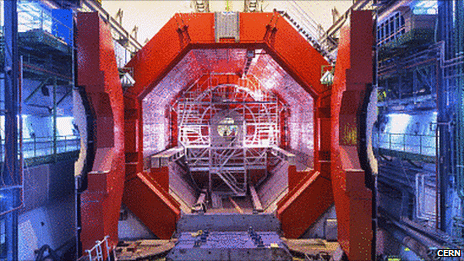
The ALICE experiment has been designed specifically for lead ion collisions
Article from: bbc.co.uk
Top Image: T.Wilson Photography
Hadron Super Collider Creates "Mini-Big Bang"
Video from: YouTube.com
Also tune into:
Holger Bech Nielsen - CERN & the Large Hadron Collider ’Being Sabotaged from the Future’
Holger Bech Nielsen - Quantum Theory, String Theory, Time Travel, Higgs Boson & "god"
William Henry - The Apotheosis is at Hand, NWO, COP15, Norway Blue Spiral & Stargates
Nassim Haramein - The Resonance Project
Steve Willner - CERN, Movies & Symbolism
Neil Kramer - The Gates of Awakening & The Field Uplink
